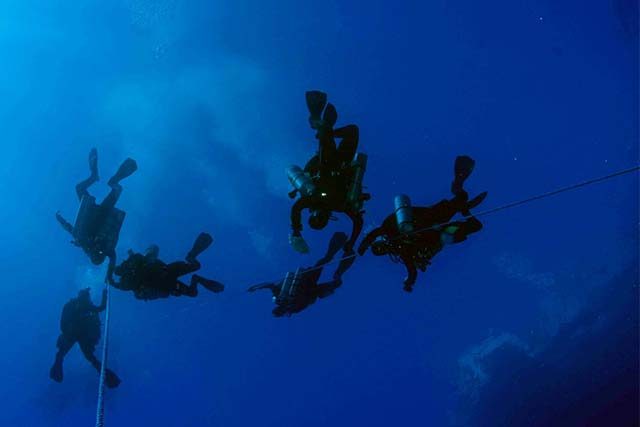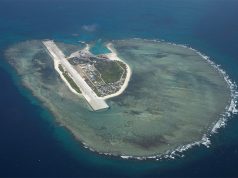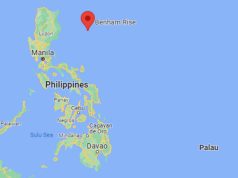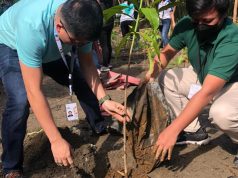The University of the Philippines Marine Science Institute has been making headlines following its recommendations and criticisms of the artificial white sand beach project for Manila Bay.
Benny Antiporda, spokesperson and undersecretary for the Department of Environment and Natural Resources, recently started a word war with the MSI after he claimed that the government pays the organization a lot of money for consultation services.
The institute, meanwhile, said that it does not charge for science-based advice for government. The laboratory work and scientific research it carries out, however, require financial support.
In another exchange on October 14, Antiporda accused UP MSI of being “bayaran,” claiming it has been collecting bribes worth P500 million from the government since 2016.
For Antiporda, that the institute has been receiving money does not entitle it to criticize government.
“Hindi niyo karapatan batikusin ito dahil bayaran kayo. ‘Yun lang po ang masasabi ko sa UP. Uulitin ko, bayaran kayo,” he said.
Such a remark received backlash within the science community on social media, with many saying that this dismissive attitude toward science a reason why many important scientific endeavors do not flourish in the country and why Filipino scientists opted to work overseas.
But what does this small organization actually do for the university and the country?
The institute has been a partner of the national government for its marine research through the years.
MSI’s initiatives through the years
In a new statement on October 15, the MSI corrected Antiporda, saying the amount it received was not P500 million but P364 million.
The money was spent for 10 projects done in collaboration with the DENR, it said, including a “co-sponsorship support for a scientific symposium.”
OFFICIAL STATEMENTThis is to clarify the statement made by Department of Environment and Natural Resources (DENR)…
Posted by UP Marine Science Institute on Wednesday, October 14, 2020
The institute further specified where the money went:
- Nationwide standardized assessments of National Integrated Protected Areas Systems sites
- Enhancing the capacity for management and rehabilitation of marine ecosystems
- Strengthening understanding of Philippine waters from the West Philippine Sea to the Philippine Rise in the Pacific
- Cost of scientific research and investigation (the use of laboratories and research equipment and facilities to field work and support to research assistants)
- Support for capacity-building of national government agencies and Higher Education Institutions personnel
“To reiterate, all of the UPMSI’s research and development activities are project-based, with very specific fund disbursement guidelines and limitations. The internal Maintenance and Other Operating Expenses (MOOE) funds of UP MSI are limited to maintaining the laboratory facilities and field equipment in Diliman and the Bolinao Marine Laboratory,” UP MSI said.
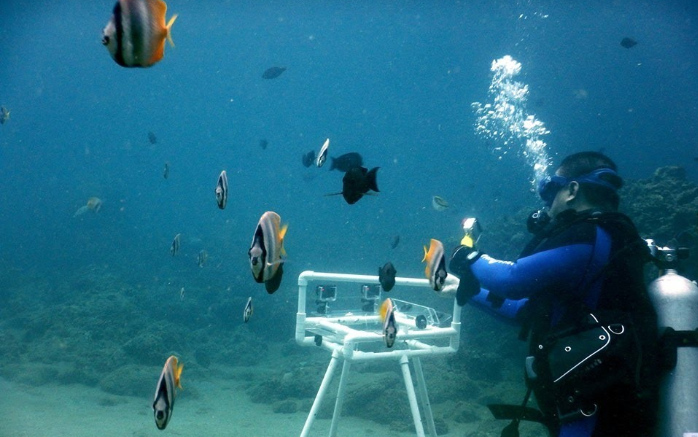
The UP MSI, one of the seven academic institutes of UP’s College of Science, has been the premier university’s coordinating base for marine research since 1974.
Here are some of their prominent projects in partnership with the government.
Exploration of marine life in the West Philippine Sea, Benham Rise
Scientists and researchers from UP MSI, the Bureau of Fisheries and Aquatic Resources of the Department of Agriculture and the Biodiversity Management Bureau (BMB) have conducted explorations at Benham Rise or Philippine Rise for years.
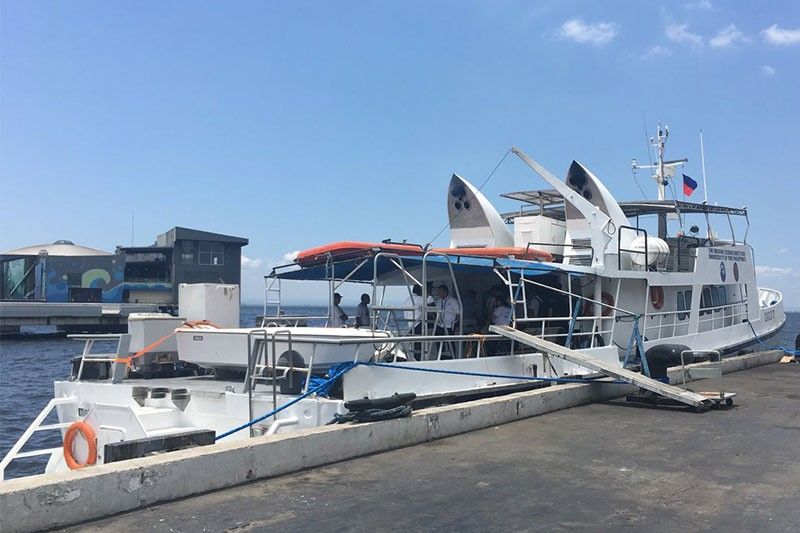
In 2018, President Rodrigo Duterte and his close allies made a send-off stunt to the scientists by riding jet skis in the waters of Casiguran municipality of Aurora.
In the organization’s response to Antiporda, UP MSI’s scientists emphasized that they had been presenting results of their explorations to the DENR via a webinar series.
Conservation of giant clams
In April 2018, the UP MSI-Bolinao Marine Laboratory launched a program that aims to raise awareness about the importance of the world’s largest bivalve mollusk called “Adopt-a-Clam: Help Save a Little Giant” in Silaqui Island, Pangasinan.
The facility takes care of six of the 12 species of giant clams (Tridacna gigas), locally known as “taklobo,” in the world.
Conservation of the giant shipworms or tamilok
In 2017, the UP MSI collaborated with researchers of the Sultan Kudarat State University (SKSU) to study and preserve the giant shipworms found at a marine lagoon in the province for possible biofuel, which is fuel from biomass.

